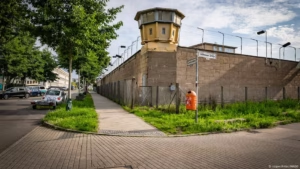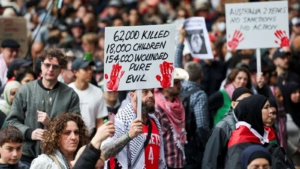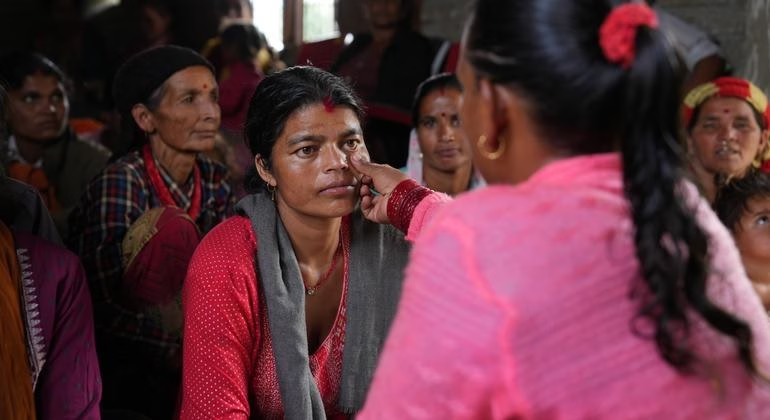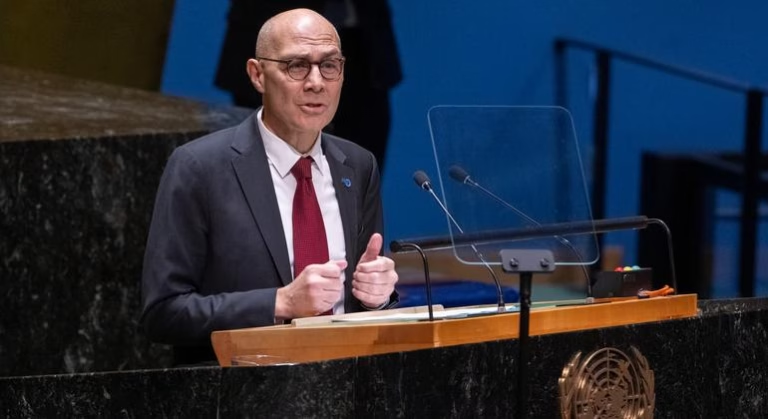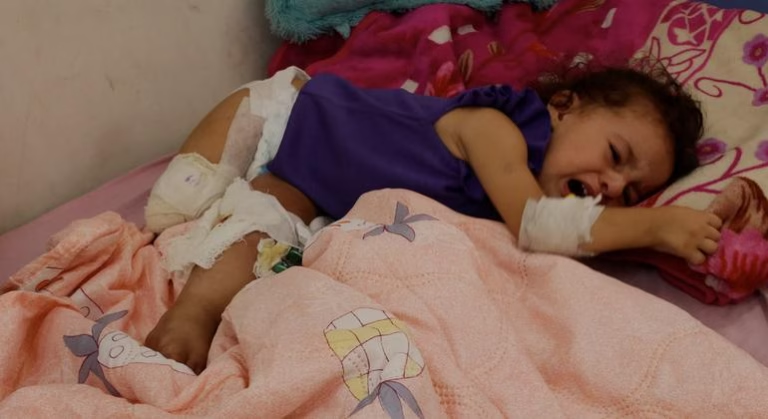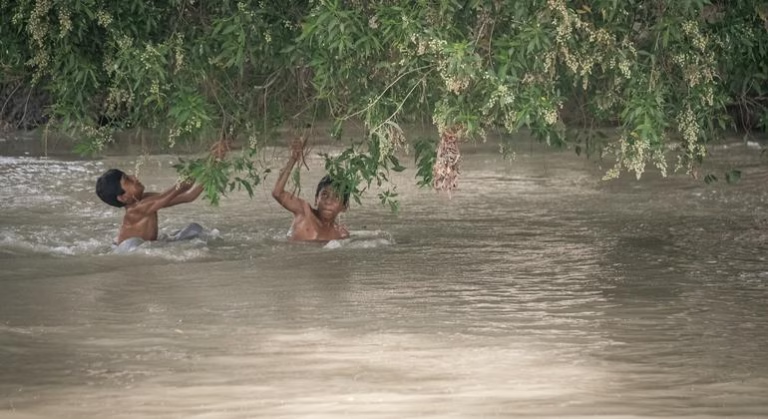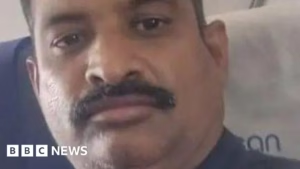The UN agencies and the SAARC bloc have sounded the alarm about South Asia being the world’s hotspot for anemia in young women and girls. About 259 million people already have this condition, which makes the body weak from not having enough oxygen, causing ongoing tiredness, making motherhood harder, and affecting schooling and earning money.
Strong action is needed, said Sanjay Wijesekera, Director for UNICEF in the area. When half of South Asia’s women and young women are anemic, it indicates that they are not getting the public support they need.
Anemic women are not the only ones suffering. It causes 40% of all babies being born too small worldwide and slows down how children grow and think, mostly in poorer homes.
Losing about $32.5 billion every year, this health issue holds back economic growth and social progress.
But it’s a problem that can be solved. Proper diet, supplements, clean water, and better medical care can prevent and treat it.
Shaila Kumari, an official from Nepal, lives this reality. She helps women who are pregnant or just had a baby receive food that is good for them.
Theیت ʒ˵tiˈsklɑnˠ (rights and responsibilities) of ending this health issue belongs to everyone: to the government, the people, health workers, schools, and families.
Making sure women and young women are healthy, well-fed, and can decide their own lives isn’t just the right thing to do. It’s also a smart move for the future of countries in our region, said Md. Golam Sarwar, SAARC’s top official.
Source: https://news.un.org/feed/view/en/story/2025/07/1165350

